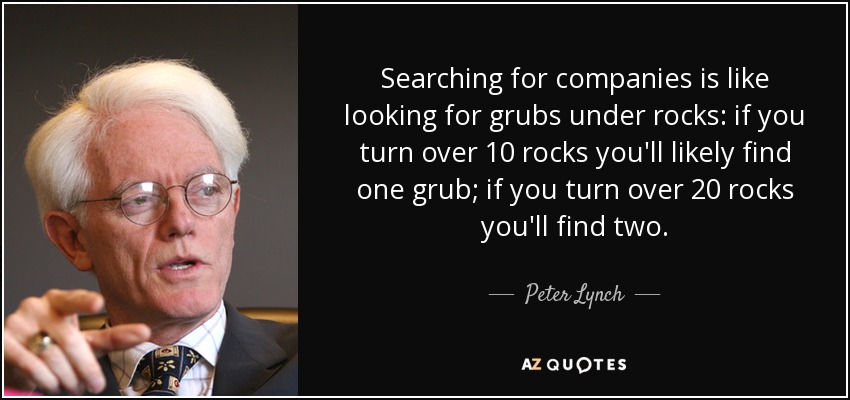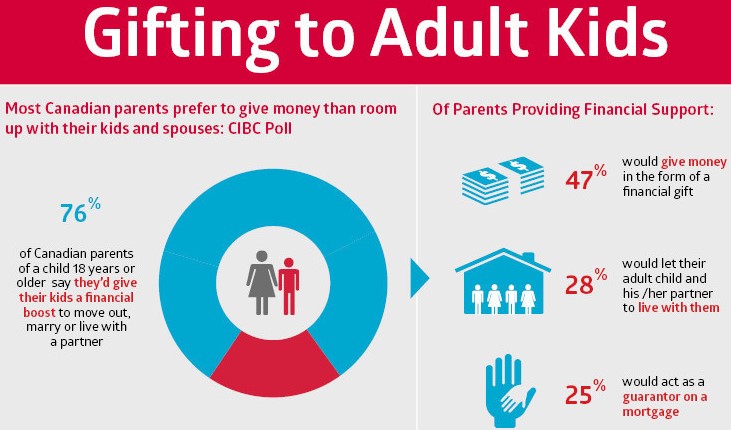On Wednesday May 13th I attended 2 virtual meetings with one of our investment management teams. In past years, Cheryl and I have flown out to Toronto to attend these normally, live events. This obviously wasn’t going to happen this year and from one angle, it worked out well for us that it didn’t. We often take a of couple extra days for down time and this year Southern Ontario recorded their lowest temperatures since 1939. They even had snow. I have always appreciated the privilege of living in the Pacific Northwest. It may get wet here, but we don’t have the extreme, often very unpredictable weather as so many other parts of the world have.
Like so many other meetings and social gathers since the outbreak of Covid-19, this year’s annual meetings were virtual, with most people streaming a video feed from their home offices. The first meeting was a formal presentation by 5 members of their 12 person investment team. This small, very cohesive group makes decisions on approximately $23 billion of investment assets. The 2nd meeting was a more informal and candid Zoom meeting with 1 of the co-founders of this firm who I was honored to be invited to attend with 14 other Financial Advisors from across Canada.
This presentation outlined how they have done long term (over 10 years) as well as how their investment discipline had performed over the past 50 years. Of course, they addressed what the environment is like today. They also explained why they had underperformed “the market” for the past 15 months. Frankly, this wasn’t a concern for me. I’ve seen this kind of thing many times before, over the years. It isn’t a function of an investment management team underperforming per se but more an issue of a certain kind of investment being chased after by the masses. Let’s face it. The majority will get average (or most likely, well below average), long term results and if you do what the majority do you will end up with the same. That isn’t good enough for me and frankly, I won’t accept it for the clients who have entrusted me with, in virtually all cases, all of their financial futures to my stewardship.
Just before Christmas 2018, when the US Fed dropped interest rates, a narrow list of companies, saw their share prices bid up continually. This continued through to the crescendo’ing concern regarding the Corona virus and the illness from it, being Covid-19. Prices declined quickly, albeit for a short while during the height of the pessimism. Since then, this small segment of companies have seen their share prices continue on to new, all-time highs. That in itself may sound good and actually, attractive. However, from all fundamental financial measurements, these companies are much more expensive than they were a year ago. This is despite the ongoing, short term uncertainty of Covid-19.
Why is this? It is simply a function of the majority of investors were (and still are) scrambling for certainty during the uncertainty and they think they are finding it in companies that have a tech driven business model.
We’ll call this group of businesses the “obvious survivors”. These are companies that have either not been affected by the shutdown because they are so heavily tech based and / or the demand for their services has actually gone up over the past couple of months. It appears almost any company that requires the internet falls under this category. In my mind, there has been no analysis done on how much the company they are buying (or currently invested in) is actually worth on a per share basis but rather, “it sounds (read ‘feels’) good so that is where I’m investing”.
Along with these obvious survivors are the “safe” companies. They have a more traditional or old school business model and serve the basic needs of consumers. These companies sell things everyone needs, no matter what the economy is doing or will do. I’m sure you can think of many company names that fit that description.
These “safe” and “obvious survivors” have become very expensive. So much so, that the difference people are paying for these businesses versus all the others available to invest in, is wider than it has been in more than 70 years. In fact, there have been only 2 other times in history where the price disparity has been so wide; just before the Great Depression and at the height of the Tech Bubble.
So where are our portfolio managers finding the most attractive investment opportunities? The “non-obvious survivors”. These are the businesses that despite public perception (due to only a cursory look given to them), they should not only survive pandemic ramifications but as we open up again, they will thrive. Many of them will do so by taking market share from their weaker competitors.
Many of these non-obvious survivors could and many still can, be bought for prices well below what they are worth. Because their share prices are so low you are getting their future growth for free. In other words, you are buying the business for the price of the most pessimistic outcome, yet because they will survive, you are getting the future and a better outcome, for free.
One example of this is a Canadian insurance company. In the opinion of one of one of our Portfolio Management teams, this company almost went bankrupt during the Global Financial Crisis. The cursory view (how most people seem to make their investment choices, during good times and bad), is that this company is in the same position as it was 12 years ago. The reality though is that it isn’t and is far from it. This company has learned from its past mistakes. Today it is much stronger and financially much more conservative than it was several years ago. Going into this pandemic it had already built in a multitude of contingencies for a wide range of risks. As well, it has a strongly growing business in South East Asia.
Another non-obvious survivor example was relayed to me by one of our Portfolio Management team members several weeks ago. It was a Canadian business who has a very enviable management team whose quality has been expanded over the years. The shares of this company were selling so ridiculously cheap that, at the height of pessimism (and indiscriminate selling) on March 23rd, you could buy the shares of this business for the value of the cash on its balance sheet. You were getting all the businesses it owns for free. Yes, I know, that makes no sense but in times of maximum pessimism and extreme optimism, you find situations which are way well outside of rationality.
Those are just 2 examples of non-obvious survivors. There are lots still out there I’m sure. The share prices of these businesses continue to lag behind the obvious survivors and the safe companies. This is why I have said time and time again to anyone concerned about the height or price of the market is “you don’t own the market”. You own a portfolio of very selectively chosen investments that today you would call the non-obvious survivors. When more and more people catch on to the value that is imbedded in these businesses, the value that they didn’t see, an owner of these non-obvious survivors will reap very pleasing returns and will do so at a much lesser degree of risk than those who hold (or are buying) “the market”.
PS. There will be a lot of businesses that appear cheap today. You definitely don’t want be invested in these (and find out too late ie a year or more down the road) that you bought a “just making it” survivor. Those have in the past been referred to as a “value trap”. They look cheap but they are so for very good reason; it could be a problem with the company or a structural problem with the industry they are in. Again, that too is not obvious.






